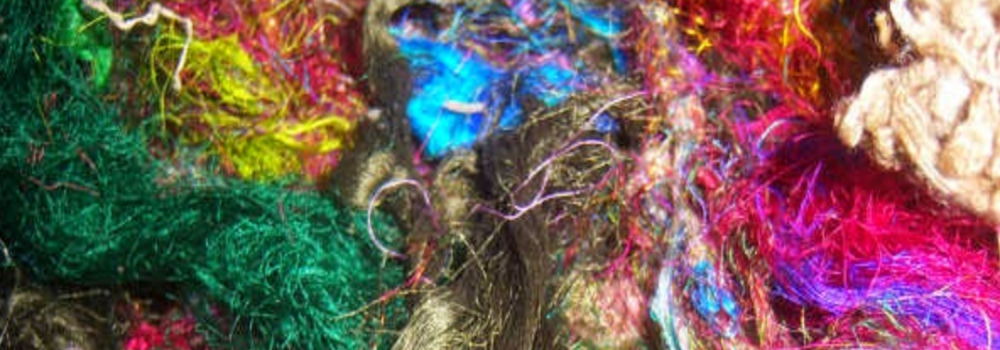Chemycal has been acquired by 3E
Learn MoreChemycal has been acquired by 3E
Learn MoreDiscover how Chemycal PRO helps you boosting your regulatory monitoring:

Leading
clothing brand Patagonia recently commissioned a research study to evaluate how many microfibers
are released from its nylon and polyester jackets. The results show that synthetic
microfibers from fleece clothing are an alarmingly serious water pollutant.
Background studies:
This interest in studying pollution caused by clothing fibers was initially created by Plymouth University researcher Richard Thompson and his graduate student, Mark Browne, who were researching microplastics in marine environments. When they examined sandy sediments from beaches, they found that most of the plastic fragments were fibrous, meaning that they came from clothing, rope, or some types of packaging.
They later found that washing a single fleece jacket released about 1,900 microfibers into the waste water.
Later studies found high concentrations of polyester and acrylic fibers in samples taken near wastewater treatment plants.
Another study in Amsterdam found that laundry wastewater was sending around two billion synthetic microfibers per second into Europe’s waters.
While wastewater treatment plants remove most of the plastic fibers from wastewater, researchers found that an estimated 65 million pieces of microplastics still gets through into watersheds each day. Polyester, the main fiber used in fleece, makes up the largest share of the plastics that get through.
Other studies have revealed that toxins such as DDT and PCBs can bind to synthetic fibers as they make their way into watersheds.
Studies have also shown that small aquatic species ingest the fibers. Fibers have been found in fish sold for human consumption, and in sludge used as fertilizer.
The new Patagonia study:
Recently, the Patagonia clothing brand decided to commission a study to find out if and how Patagonia’s popular fleeces and some other synthetic products were contributing to the problem. The study was performed by graduate students at the Bren School of Environmental Science and Management at the University of California, Santa Barbara.
The researchers tested three Patagonia fleece jackets, each with slightly different construction, as well as a nylon shell jacket that contains polyester insulation, plus a “budget” fleece jacket made by an undisclosed brand.
Some of the main findings from the study were:
During laundering, a single fleece jacket sheds as many as 250,000 synthetic fibers.
Fiber loss appears to be related to the type of washing machine and the age of the garment.
Garments released five times as many microfibers when washed in top-loading washing machines compared to front-loaders, and older jackets released 80 percent more fiber.
Compared to Patagonia jackets, the average mass of fiber shed from the budget jacket of undisclosed origin was much higher when it was washed at the new stage in a front-loader. In top-loaders, the budget jacket shed a comparable amount of fiber, on average, to the others when new.
The nylon shell jacket also released a comparable amount of fiber to the fleece jackets in some tests, and even more in other tests, indicating that the polyester fill escaped through seams or the shell fabric.
To try to get ahead of the problem, Patagonia hopes to partner with the Outdoor Industry Association to turn the UCSB researchers’ testing protocol into an industry standard that would enable all clothing manufacturers to set a benchmark for fiber release from their apparel products. Currently, there are no laws that limit microfiber pollution.
Patagonia and other apparel companies will also try to research new yarn and fabric constructions to cut down microfiber shedding. This is already being researched by a European Commission–funded research program called Mermaids, which is developing a special coating or impregnation that would be applied to the fabric during manufacture and, in theory, reduce the amount of fiber loss.
The Mermaids program has also released some guidelines to decrease microfiber pollution based on its initial research, including suggestions to avoid the use of detergents with high pH, powder detergents, and the use of oxidizing agents. It also suggests washing clothing in cold water and softening hard water.
Related links:
2013 © MyChemicalMonitoring. ALL Rights Reserved. About Us | Terms and Conditions